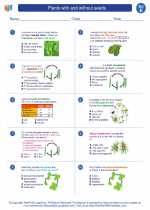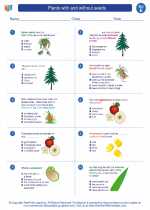Corona
Corona is a type of plasma that surrounds the sun and other stars. It is visible during a total solar eclipse as a pearly white crown surrounding the sun. The corona is very hot and emits a significant amount of X-rays.
Structure of the Sun's Corona
The corona is the outermost layer of the sun's atmosphere. It is composed of highly ionized gas, with temperatures reaching millions of degrees Celsius. The corona extends millions of kilometers into space and is only visible during a total solar eclipse or with specialized equipment such as a coronagraph.
Corona's Role in Space Weather
The corona plays a significant role in space weather, affecting the solar wind and causing phenomena such as solar flares and coronal mass ejections (CMEs). These events can impact the Earth's magnetosphere and lead to geomagnetic storms, affecting satellite operations, power grids, and communication systems.
Studying the Corona
Scientists study the corona using instruments such as coronagraphs, spectrographs, and telescopes equipped with specialized filters. Solar telescopes like the Solar and Heliospheric Observatory (SOHO) and the Solar Dynamics Observatory (SDO) provide valuable data about the sun's corona and its impact on space weather.
Study Guide
- What is the corona?
- Describe the structure of the sun's corona.
- Explain the corona's role in space weather.
- How do scientists study the corona?
[Corona] Related Worksheets and Study Guides:
.◂Science Worksheets and Study Guides Fifth Grade. Plants with and without seeds

 Worksheet/Answer key
Worksheet/Answer key
 Worksheet/Answer key
Worksheet/Answer key
 Worksheet/Answer key
Worksheet/Answer key
 Vocabulary/Answer key
Vocabulary/Answer key
 Vocabulary/Answer key
Vocabulary/Answer key
